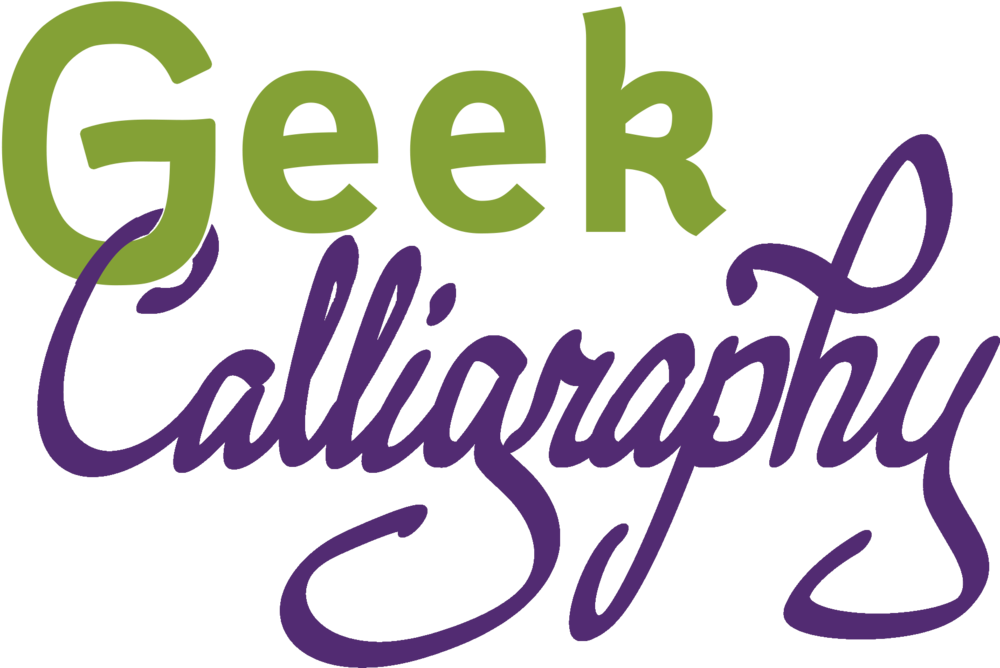by Ariela
Or, in this case, the not-yet-actually-a-pen quill is mightier than the x-acto knife, the box cutter, and the scalpel.
As I mentioned in my post last week, ink used in Jewish scribal work has a tendency to consume metal pen nibs.
Note the difference in color between the part of the nib that was dipped in the ink and the part that wasn't.
I have a few quills that my teacher, Jen Taylor Friedman, gave me, but I do need to learn to cut my own, if nothing else so that I can have a selection of sizes to use. So when I ordered the klaf (parchment) for my first Book of Esther scroll, I also ordered some turkey feathers at the same time. Turkey feathers, particularly older ones, are preferred for pens because they are naturally tough. I hear you can even skip heat-tempering them, though I have not yet tried either way myself.
I've practiced how to cut a quill on drinking straws and even done some trimming on quills other people have made, but I have not yet tried to cut one from scratch myself. So, armed with the memory of several demonstrations from Jen, the advice of the entire internet at my fingertips, several spare quills, and Jen just a Skype call away, I set out to cut my first quill.
"What's the matter with these scissors?"
I'm not saying it was like this, but it was a little like this.
Remember what I said about turkey quills being tough? I think I might have gotten a batch from the back of the storeroom that's been sitting there for a few years. I couldn't find my scalpel, so I decided to try with my x-acto blade first - they're the knives I feel most comfortable with (aside from my trusty Leatherman Juice Xe6). The x-acto scored the surface of the quill, but completely failed at cutting it. So I grabbed my box cutter and sawed away at it. Still no joy.
Finally, I found the scalpel. That at least cut through the scored side of the quill and seemed to be making inroads on the far side. So I put more of my weight into it. And *snap* *tinkle* the scalpel blade snapped.
On the left, the winner of our bout, the quill. On the right, the defeated scalpel, sans head.
Not pictured above is the severed tip of the scalpel. When it broke, the tip flew off who-knows-where. I suspect it is hiding in the portfolios.
I called Jen, who reassured me that this was not unprecedented and recommended soaking the quill in warm water for 30 minutes and trying again. I did, and lo, with the help a fresh scalpel, I was able to cut a quill successfully!
<calligraphy-jargon>
I cut the pen on a relatively shallow angle with a much shorter "snout" than I usually prefer on my metal nibs in order to decrease the flexibility of the nib. While I generally like a flexible nib, this is a new medium, and it's easier to cut away to make a longer "snout" to increase the flexibility than it would be to make a shorter one.
</calligraphy-jargon>
I already took it for a brief spin, and it does work. I will probably fiddle with it some more after I get a feel for it so that I can adjust it to my liking, but for now, I will call this a successful first experiment with acceptable mishaps along the way.
And now, off to do some more practice with the new quill. I should probably also look for that missing scalpel part, too.



